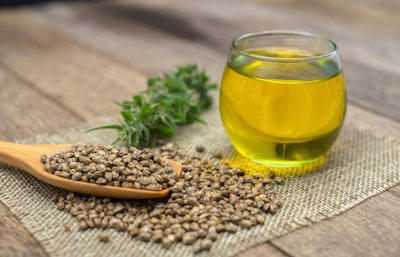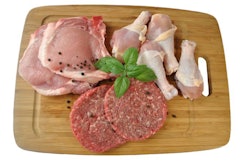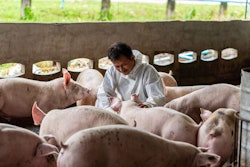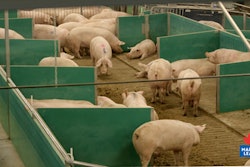
5-year study to take a comprehensive look at whether hemp could be a substitute for fish oil
If hemp might provide layers with a boost of omega-3, why not fish? A large-scale study led by Central State University plans to find out.
Nicknamed SUSHI—for “Sustainable Use of a Safe Hemp Ingredient”—the project will bring together experts from six universities to determine whether hemp might provide the aquaculture industry with a cost-effective, sustainable alternative to fish oil and meal. At the end of the five-year, US$10 million project, the team hopes to assemble the materials necessary to apply for AAFCO approval, according to Brandy E. Phipps, Ph.D., the project lead and a research assistant professor of food, nutrition and health at Central State University in Wilberforce, Ohio.
“When we think about hemp grain in particular, we know that it’s a nutrient-dense plant product,” Phipps said. “It has a great balance of macronutrients, omega-3 heart-healthy fatty acids, and a great ratio of omega-6-to-omega-3 fatty acids. It’s also one of the few plant proteins that is considered complete.”
Given the need for a source of fatty acids outside fishmeal and fish oil, Phipps said, the team thought hemp and aquaculture could prove to be a natural pairing.
A digestibility trial is planned as the first step of the project, Phipps said. After that, the project team has designed a series of nutritional trials with different formulations to compare fish health and growth over the remaining four years of the project. The project will also include economic analyses to determine how hemp-based ingredients might stack up against other alternatives, and a life-cycle analysis to evaluate sustainability attributes.
Hemp is legally defined as cannabis that contains less than 0.3% tetrahydrocannabinol (THC), the primary intoxicating compound found in cannabis. The team plans to evaluate key questions specific to the use of hemp in aquaculture feed products, including whether THC and other non-intoxicating cannabinoids such as CBD are present in fish raised on feed containing hemp-based ingredients, Phipps said.
“Our goal has always been to investigate major issues we know people are concerned about, and which include economic impact, environmental sustainability, safety and efficacy,” she said. “The group of people I have on my team — experts in economics, fish nutrition, hemp production genetics and chemistry, water resources management and environmental engineering, and agricultural and nutrition extension/education — have a common vision of how we can hopefully impact every part of the value system chain in a way that makes sure people get fed in a way that is economically viable for everybody in the chain … and in a way that has the least negative impact on the climate.”
As part of the university’s land-grant mission, the team will also explore potential end-use applications in tandem with the College of Menominee Nation. The partners will develop certification programs that will be offered at the tribal college to train future aquaponics producers, with additional field days and educational opportunities to be made available to the community, Phipps said.
A US$4 million grant from the U.S. Department of Agriculture will fund the first two years of the project, which will bring together researchers from Kentucky State University, University of Delaware, University of Kentucky and Mississippi State University as well as Central State University and the College of Menominee Nation.











